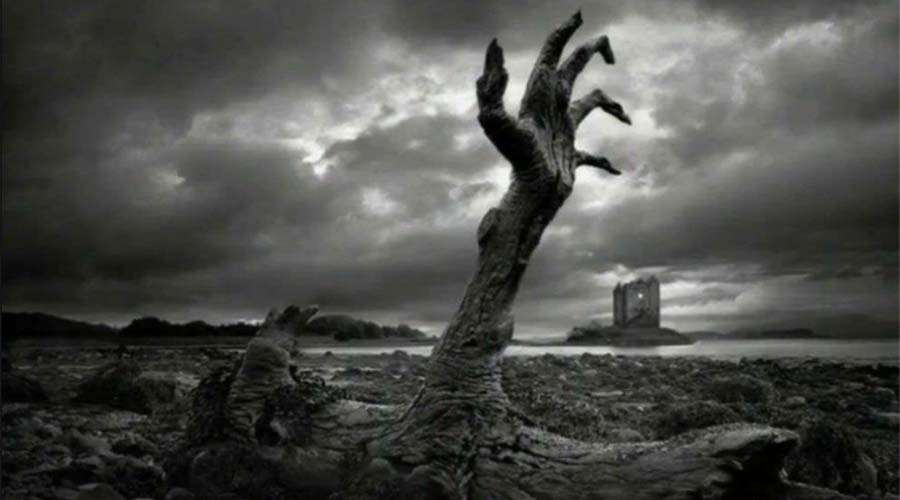Shaniwar Wada Fort stands in the heart of Pune as a silent witness to centuries of Maratha history, grandeur, and tragedy. While its majestic gates and sprawling gardens attract thousands of visitors by day, by night the fort is shrouded in chilling legends—none more infamous than the haunting of Peshwa Narayanrao. The story of Shaniwar Wada’s haunting is a tale of ambition, betrayal, and a restless spirit whose cries are said to echo through the ruins to this day.
The Rise of Shaniwar Wada
Constructed in 1732 by Baji Rao I, one of the Maratha Empire’s most celebrated leaders, Shaniwar Wada was envisioned as the seat of Peshwa power. Its formidable walls, intricate fountains, and grand halls quickly made it the political and cultural center of Pune, embodying both the glory and the turbulence of Maratha rule. Over the years, the fort bore witness to the rise and fall of successive Peshwas, but it is the tragic fate of the youngest Peshwa, Narayanrao, that has forever linked Shaniwar Wada to the supernatural.
The Murder of Narayanrao: A Tale of Deceit
The haunting of Shaniwar Wada is rooted in the violent death of Narayanrao, who became the tenth Peshwa at the tender age of 17. His ascension was fraught with palace intrigue, especially from his uncle Raghunathrao and aunt Anandibai, who coveted power for themselves. Tensions reached a breaking point when Narayanrao placed his uncle under house arrest, fearing a coup.
In a desperate bid for freedom and power, Raghunathrao conspired with Anandibai and a group of mercenaries known as the Gardis. The plan was to capture Narayanrao, but a single, fateful alteration in a written order changed the course of history. Anandibai is said to have modified the message from “Narayanrao la dhara” (“hold Narayanrao”) to “Narayanrao la mara” (“kill Narayanrao”) by changing just one letter. The mercenaries, acting on the altered command, stormed the palace during the Ganesh festival in 1773.
Narayanrao, realizing the imminent danger, ran through the corridors of Shaniwar Wada, desperately seeking help. His cries, “Kaka! Mala vachva!” (“Uncle! Save me!”), went unanswered as he was brutally murdered. His body was hacked into pieces and, due to its mutilated state, was never given a proper cremation; instead, the remains were thrown into the nearby river.
The Birth of a Haunting
The gruesome murder of Narayanrao left a deep scar on the collective memory of Pune. Locals believe that the young Peshwa’s soul, denied justice and last rites, became trapped within the fort’s walls. Since that night, Shaniwar Wada has been plagued by tales of paranormal activity. Residents and visitors claim to hear Narayanrao’s heart-wrenching cries for help, especially on full moon nights, echoing through the empty halls and ruined corridors.
Many have reported feeling a chilling presence, hearing unexplained footsteps, and experiencing sudden drops in temperature after sunset. Some even claim to have seen the apparition of a young boy, dressed in royal attire, wandering the grounds in search of his uncle. These accounts have become so widespread that entry to the fort is strictly prohibited after 6:30 PM.
Other Legends and Curses
While Narayanrao’s ghost is the most prominent, Shaniwar Wada is also said to be haunted by the spirits of others who met untimely deaths within its walls. According to some legends, the fort was cursed by Kashibai’s childhood friend after a wrongful execution, further intensifying its haunted reputation. Multiple fires, including a devastating blaze in 1828, destroyed much of the original structure, leaving behind only charred ruins and deepening the atmosphere of mystery and melancholy.
Shaniwar Wada Today: A Monument of Mystery
Today, Shaniwar Wada stands as both a historical monument and a hotspot for ghost tourism. Its gardens, fountains, and surviving gateways draw history enthusiasts, while its haunted legacy lures thrill-seekers and paranormal investigators. The fort’s story is a powerful reminder of how history, tragedy, and folklore can intertwine, turning a symbol of power into a place of eternal unrest.
The legend of Narayanrao’s restless spirit continues to fascinate and terrify. Whether one believes in ghosts or not, the haunting cries of “Kaka! Mala vachva!” have become an indelible part of Pune’s folklore, ensuring that the story of Shaniwar Wada’s haunted past will be told for generations to come.



